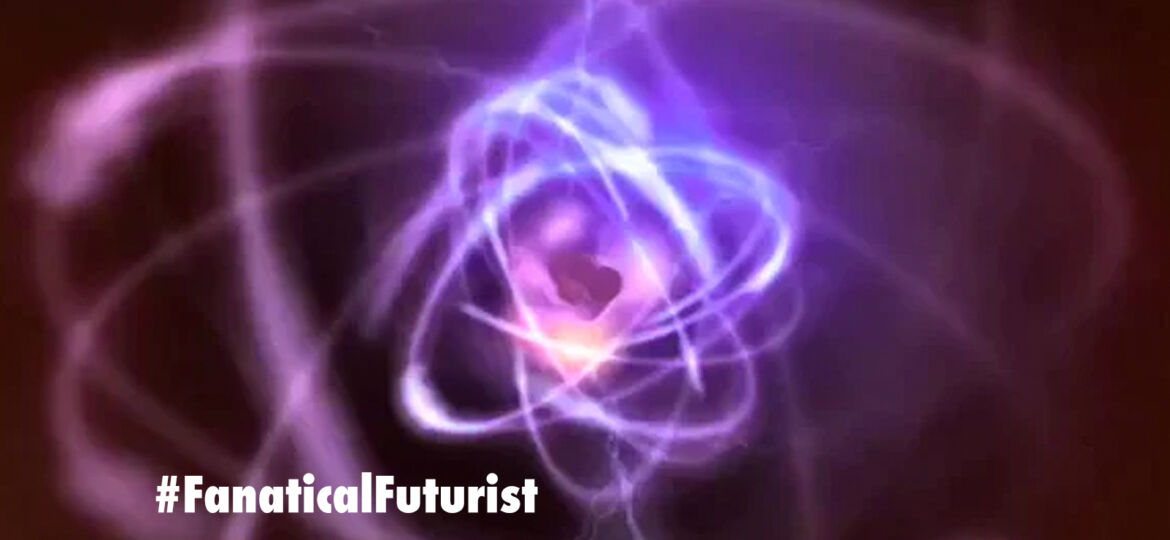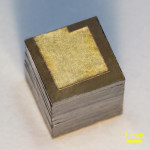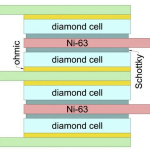
WHY THIS MATTERS IN BRIEF
Nuclear batteries last for thousands of years without ever needing to be recharged, and they have applications in aerospace and healthcare.
Imagine only having to replace the batteries in a device once a decade, or even once a century, or more… Nuclear batteries could one day let us do just that, but their power density is currently too low to be very practical. Now, Russian researchers have developed a new nuclear battery design based on Nickel-63, which has a higher specific energy than regular, commercially available batteries.
Nuclear power gets a bad rap, thanks to the fact that any nuclear material that escapes confinement can linger dangerously in the environment for millennia, but by the same token, if properly contained, with an extreme example being the use of compressed nuclear waste to create diamond batteries that last millennia, this longevity can be harnessed for good, releasing energy slowly and consistently over years that can then be used in everything from pace makers to satellites.
Some nuclear batteries work using a process known as betavoltaics. A radioactive source inside the device decays and emits beta particles, electrons and positrons, and when these interact with a semiconductor layer they create an electric current. While these kinds of batteries can deliver energy consistently for long periods of time, their low power density means that energy trickles out slowly.
Providing relatively low energy over a long time makes nuclear power sources great for applications where it’s hard to change the battery, such as those named above, and over the past couple of years we’ve seen the emergence of a variety of new nuclear battery types, from Strontium based nuclear batteries that split water molecules to produce electricity, to NanoTritium batteries that have a 20 year lifetime.
The new design was developed by researchers from the Moscow Institute of Physics and Technology (MIPT), and the Technological Institute for Superhard and Novel Carbon Materials (TISNCM) in Russia, and the National University of Science and Technology in Pakistan. The new battery uses the radioactive isotope Nickel-63, which has a half-life of over 100 years, and the team involved managed to designed a new layout that improved the battery’s power density.
The team also determined that the Nickel-63 layers would be most effective at a thickness of just two microns, and sandwiched them between diamond diodes measuring just 10 microns thick. The prototype of the team’s nuclear battery contained 200 of these “diamond energy converters,” and achieved a power output of about 1 microWatt (μW) with a power density of 10 μW per cm3, which means, for example, it’s now powerful enough to power a modern pacemaker.
Given Nickel-63’s hundred-year half-life the nuclear battery boasts about 3,300 milliWatt-hours of power per gram, which the team says is 10 times more than conventional electrochemical batteries. The researchers also developed a more efficient method of mass producing the thin diamond layers with minimal losses. Producing the Nickel-63 could be tricky at a large scale, but the team says that industrial scale production of the material may be rolling out in the next decade or so.
In the future, the team plans to continue improving the nuclear battery design, and have already identified a few ways to boost the battery power. That includes enriching the Nickel-63, changing the structure of the diamond converters, and giving these converters a larger surface area.
A paper describing the new nuclear battery design was published in the journal Diamond and Related Materials.


















